6 Eco-Friendly Landscaping Ideas Trending Now
Eco-friendly landscape design is not a new concept. There has been a steady move towards environmentally responsible landscaping in residential, commercial, and institutional settings for many years now. This is particularly true in Southern California where we face a near-constant state of drought that requires all of us to do our part by taking steps to conserve water.
There are still lots of folks who insist on outdated features that are not eco-friendly, such as natural grass lawns, but even these folks usually look for other ways to save energy and water inside and outside of their homes. For example, the general expansion of knowledge and growing popularity of adopting greener lifestyles have led to people reducing the size of their conventional lawns, expanding their hardscapes, or replacing water-wasting grass and exotic plants with drought-resistant native plants.
This is further encouraged by the availability of funding through programs designed to assist homeowners in reducing their home’s carbon footprint and making their landscaping more sustainable, such as Home Energy Renovation Opportunity (HERO) loans.
If you are interested in saving water, reducing energy usage, and having an eco-friendly yard, here are six eco landscaping trends you might want to get in on.
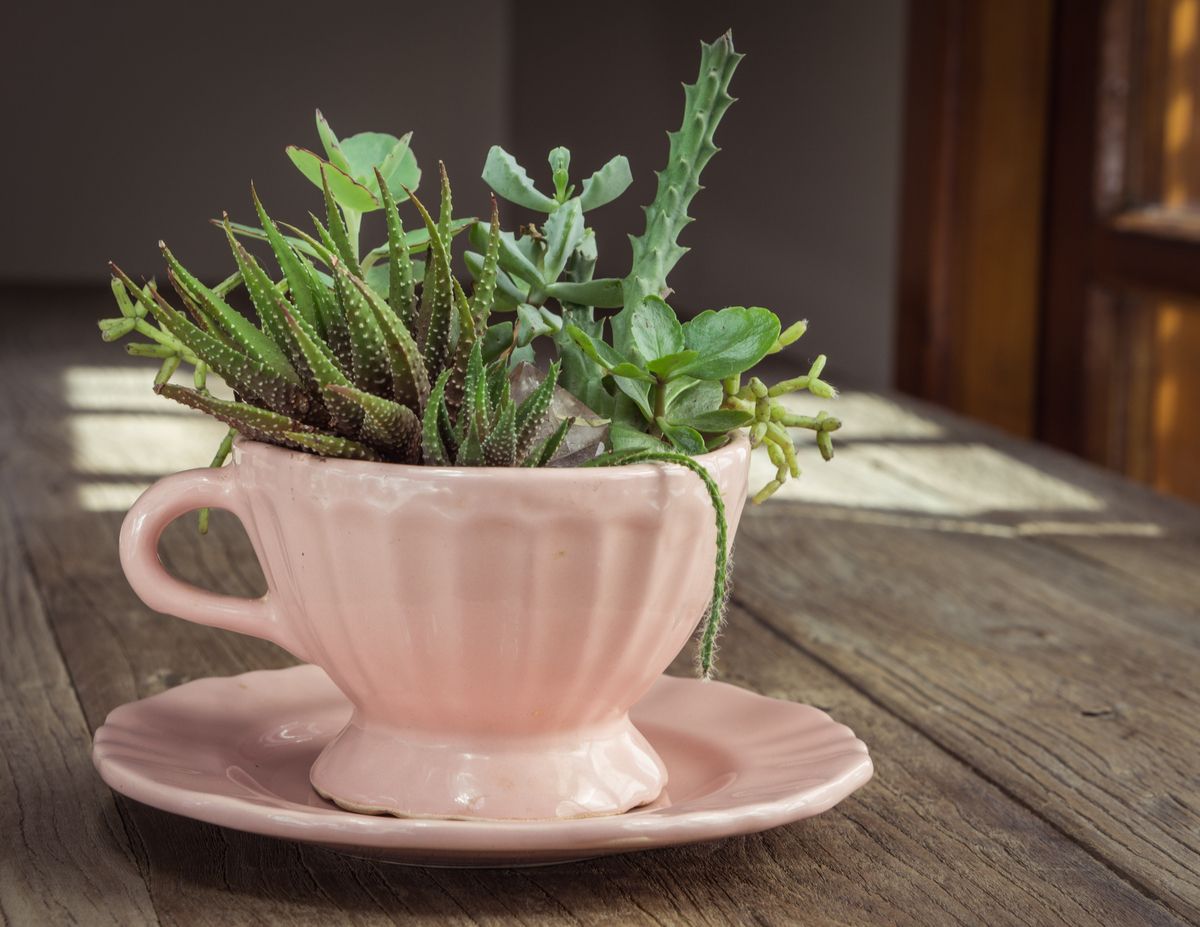
1. Reuse and Recycle
You probably already recycle your cans and bottles and fill your curbside recycling bin with boxes from online orders. There is another kind of recycling you can do that will help keep items out of the landfill while helping you maintain an eco-friendly yard. So, whenever you are taking something to the recycling bin, think about ways you might be able to use it in your yard before discarding it.
One way to do this is to use old newspapers and paper bags in your vegetable garden or flowerbeds. Spreading recyclable paper products over bare earth provides a biodegradable layer of mulch to act as a weed barrier that will limit weed growth while it breaks down into the soil. You can also use old carpet as a weed barrier, but be careful to only do this around ornamental plants. Old carpet is dirty and may have chemicals in it, so you do not want to use it around food plants.
Other ways to reuse and recycle household items for an earth-friendly yard include reusing old pie plates as birdfeeders or birdbaths, using chipped bowls or teacups (or pretty much anything that will hold soil) as planters, and using strips of used aluminum foil strung on twine to keep birds out of your garden. You can also use pallets made from untreated wood to make a vertical garden or patio furniture or save old egg cartons to use as seed-starting trays for next year’s garden.
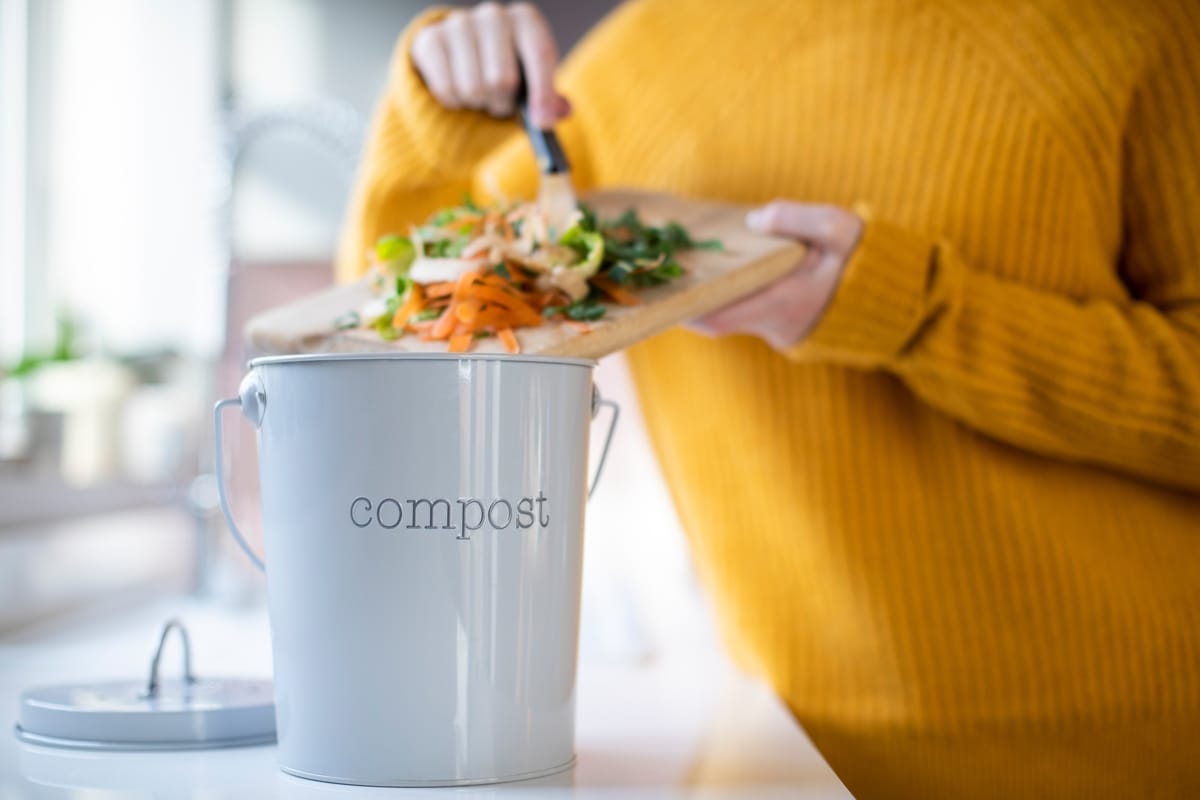
2. Composting
Starting a backyard compost bin is one of the easiest things you can do to reduce your home’s environmental impact. Basic composting is easy to start and maintain, does not take up much space, and is something everyone in the family can participate in.
Composting allows you to turn kitchen scraps, dried leaves, twigs, junk mail, and newspapers into nutrient-rich compost that you can use in your vegetable garden or around ornamental plants. If you are ready to turn all of those banana peels, eggshells, and coffee grounds into compost to feed your plants and improve your soil, here are some helpful resources to get you started:
- 14 Reasons to Start Using Compost in Your Garden
- How to Start a Compost Pile
- Backyard Composting Tips: 16 Accessories to Take Your Compost Pile to the Next Level
- What Can I Compost? 20 Things You Can Put in Your Backyard Compost Pile
- 15 Things You Should NOT Compost
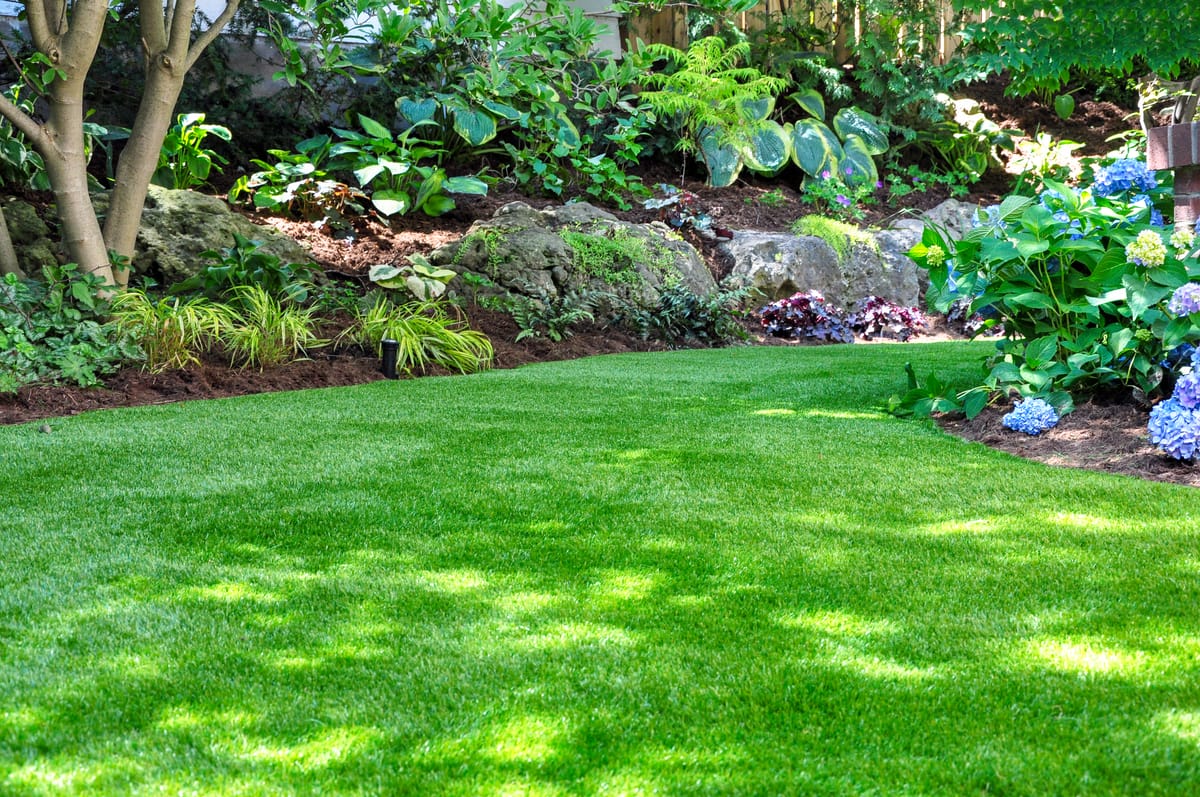
3. Artificial Grass
Any discussion of eco-friendly landscape design should include synthetic turf. It may or may not be the right product for your yard, but it is a low-maintenance feature that you should at least consider.
Folks who want a lush, green lawn where their children can play, their dogs can lounge, and their guests can mingle are now choosing artificial grass at an increasing rate. With the same look, feel, and function of natural grass, a synthetic lawn provides a level, even surface for playing and entertaining. It is always green and inviting, even during times of drought, and does not get brown spots in pet restroom areas or dead spots in high-traffic areas. Plus, manufactured grass requires no mowing, edging, aerating, watering, or weeding, so you can spend less time maintaining your lawn and more time enjoying it.
Choosing artificial turf as a natural lawn alternative is an easy way to significantly reduce the amount of water you use to irrigate your landscaping. It also provides an opportunity to reduce your carbon footprint, since it does not require gas-powered or electric equipment, such as a lawnmower or edger, to maintain it.
If you are designing an eco-friendly yard and are interested in replacing your natural grass lawn with artificial turf, keep in mind that this is the type of sustainable, water-saving home improvement project that can be funded through a HERO loan.
Here are some great resources for learning more about artificial grass:
- Artificial Grass Cost: Installation Price Guide
- Artificial Grass Maintenance: How to Clean Artificial Grass Guide
- Top 10 Artificial Grass Misconceptions
- Get Artificial Grass That is Safe for Your Kids and Pets
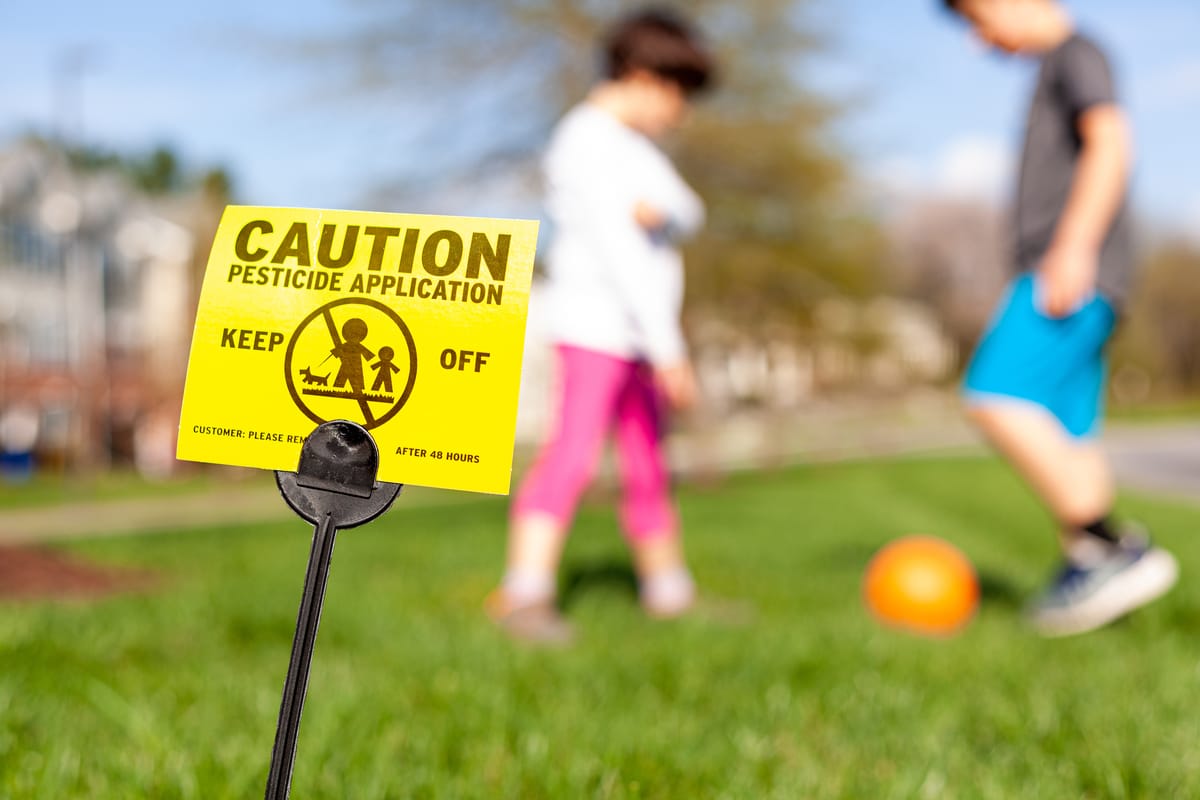
4. Reducing Pesticides
Most commercial pesticides you can pick up at a garden center contain toxic chemicals that are bad for the environment, your family, and your pets. When you use these pesticides on a natural grass lawn, in your flowerbeds, or in your vegetable garden, these chemicals can enter the soil, the groundwater, and the air. Plus, if you are using pesticides on food plants, the residue can remain on the produce even after you wash it.
You can avoid all of this by using natural pest control methods. This might include making your own natural pesticides, buying only all-natural or organic commercial pesticides, or introducing beneficial organisms to manage the unwanted pests.
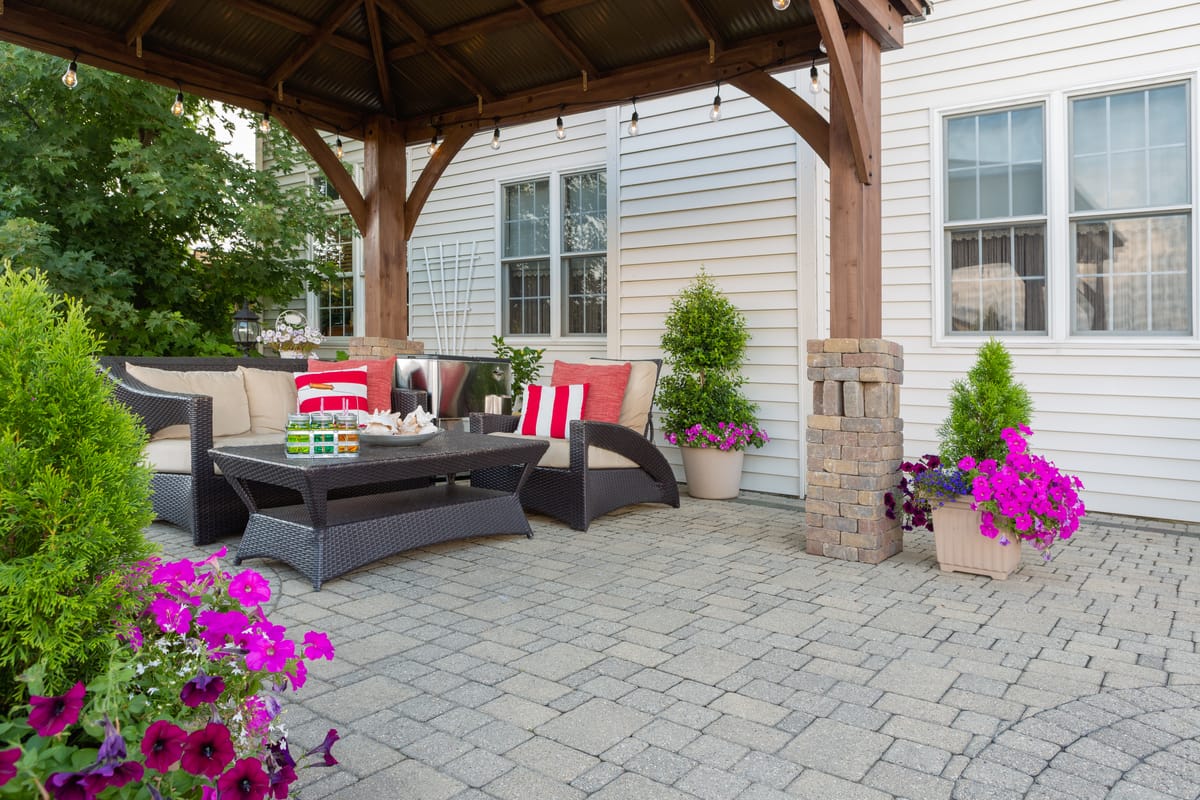
5. Increasing Hardscapes
Including more hardscapes in your eco-friendly landscape design provides more space for outdoor entertaining and enjoying more time outside with your family. Hardscapes make your yard more functional, and they are a great way to create usable spaces that do not require irrigation. For example, if you replace just a strip of your lawn with a paving stone walkway, you can save thousands of gallons of water every year. The same is true if you replace part of a natural grass lawn with a patio.
If you would like to increase the functionality of your yard and save water, here are some resources to check out to learn more about adding hardscapes:
- Increase Your Property Value with a Paving Stone Makeover
- Permeable Pavers Installation Guide: PRO Tips + Advice
- Stamped Concrete vs. Paving Stones: 8 Considerations to Help You Choose
- Pavers Cost: Installation Price Guide
- How to Create a Park-Like Landscape Using Artificial Grass + Pavers + More
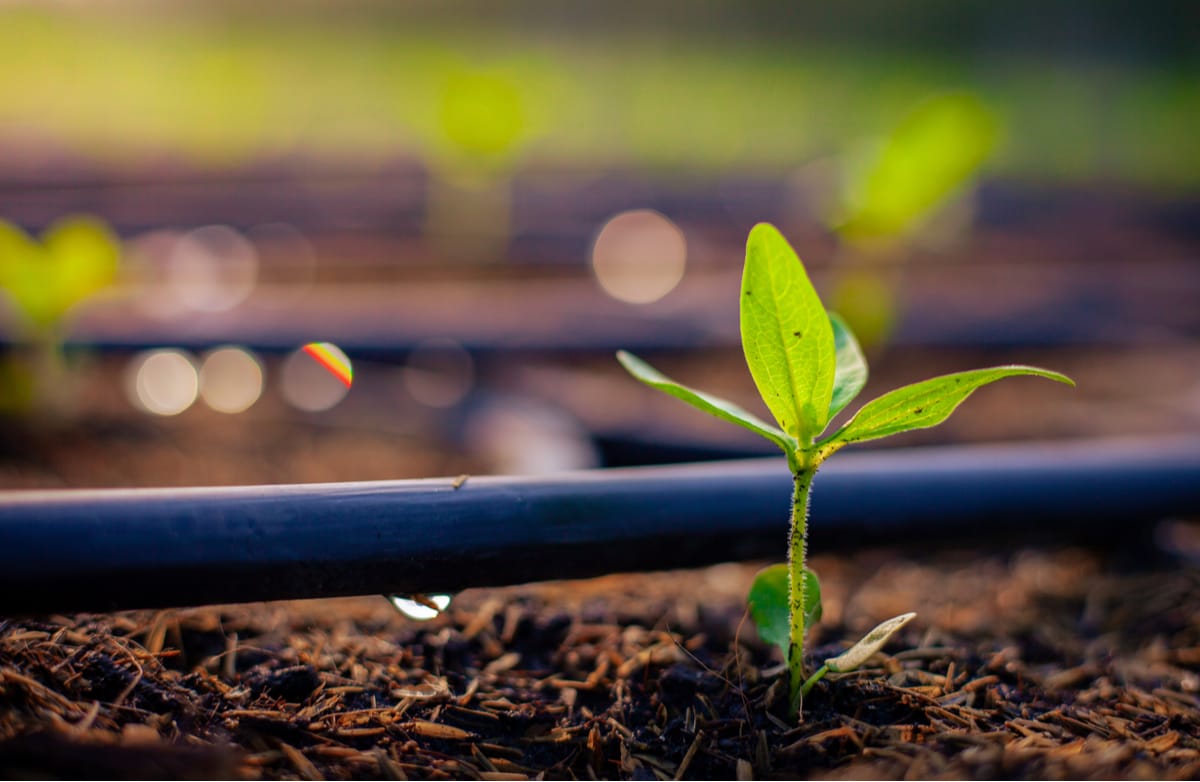
6. Installing Automatic Irrigation Systems
Automatic irrigation systems deliver water to your plants more efficiently and save even more water by reducing evaporation and runoff. Installing drip systems and automatic sprinklers to irrigate your food plants, ornamental landscaping, natural grass lawn, or fruit trees can significantly lower your water usage while also encouraging deeper, stronger root systems.
Installing an automatic irrigation system is particularly helpful for Southern California homeowners who must sometimes adhere to mandatory water use restrictions, such as only watering on particular days during certain hours. Setting your system to irrigate during these times allows you the freedom to go about your everyday life without having to worry about changing your schedule to water your yard.
Additional Resources
For more tips and eco-friendly landscaping ideas, check out these resources:
- Low-Maintenance Landscaping Tips for Large Yards
- Go Green: Eco-Friendly Landscaping Ideas
- How to Create and Maintain an Eco-Friendly Outdoor Living Space